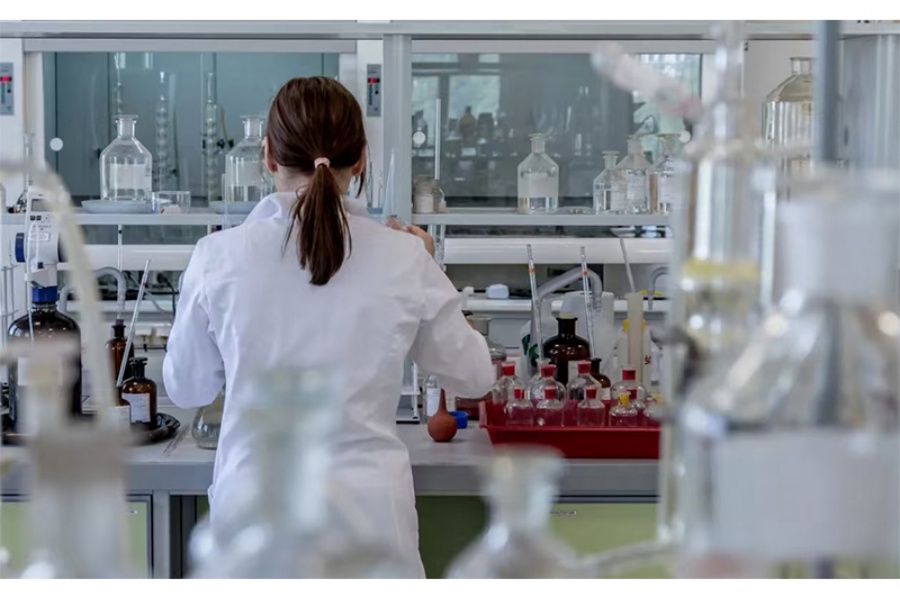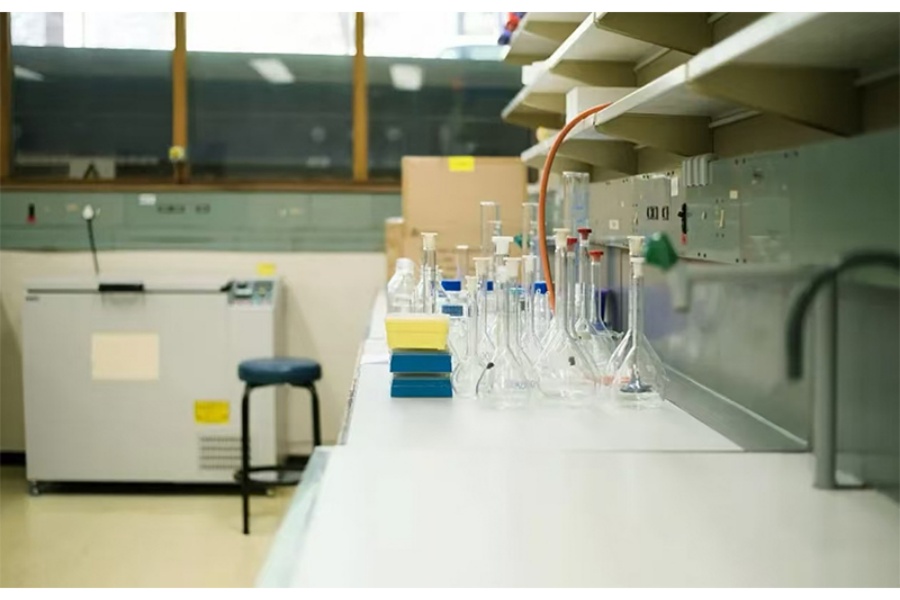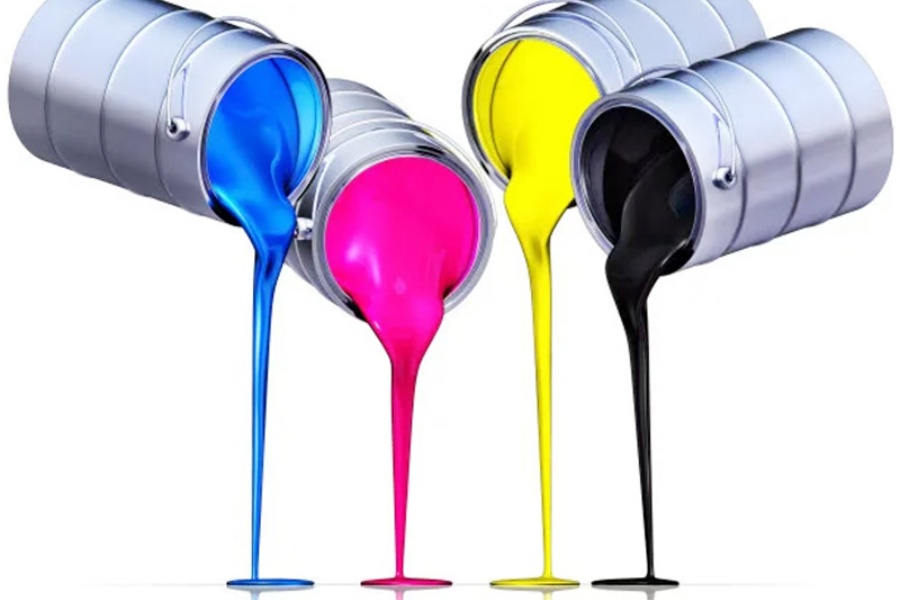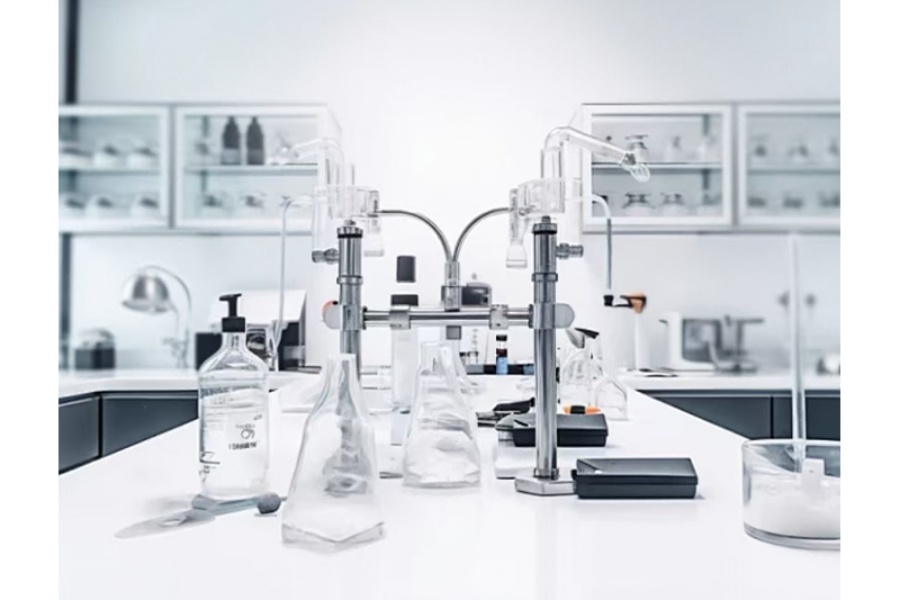In many industrial production and material preparation processes, dispersion problems have always been a key factor affecting product quality and performance. From coatings, inks to ceramics and medicines, all industries are faced with the challenge of how to disperse solid particles evenly and stably in liquid media. The emergence of hyperdispersants is like a "golden key", providing efficient and innovative solutions to solve the dispersion problems in these industries, and promoting technological progress and industrial upgrading in related fields.Basic concepts and characteristics of hyperdispersantsDefinition and principlesHyperdispersants are a new type of efficient dispersant that can significantly reduce the interfacial tension between solid particles and liquid media, making particles easier to wet and disperse in liquids. Unlike traditional dispersants, hyperdispersants usually contain anchoring groups and solvation chains in their molecular structure. Anchoring groups can be firmly adsorbed on the surface of solid particles to prevent particles from reaggregating; solvation chains can stretch in liquid media to form steric hindrances and further stabilize the dispersion system.Unique characteristicsHyperdispersants have many excellent properties. First, its dispersion efficiency is extremely high, and it can achieve good dispersion effect at a lower dosage, greatly reducing production costs. Secondly, hyperdispersants have good adaptability to different types of solid particles and liquid media, and can play an excellent dispersing role in both polar and non-polar systems. In addition, the dispersion system formed by hyperdispersants has good stability, can maintain uniform dispersion of particles for a long time, and is not prone to sedimentation or agglomeration.Application of hyperdispersants in the coating industry
Solving the problem of pigment dispersion
In coating production, the dispersion quality of pigments directly affects the color, gloss, hiding power and other properties of the coating. Traditional dispersants often find it difficult to fully disperse pigment particles, resulting in problems such as floating color and flowery paint. Hyperdispersants can evenly disperse pigment particles in the coating system through their strong anchoring effect and steric hindrance effect to form a stable dispersion state. For example, in water-based coatings, the use of hyperdispersants can make the particle size distribution of pigment particles narrower, thereby improving the coloring power and brightness of the coating, while improving the leveling and storage stability of the coating.Improve coating performanceThe application of hyperdispersants can also improve the weather resistance, water resistance and chemical corrosion resistance of coatings. Since the pigment particles are evenly dispersed, the coating can form a denser coating during the film-forming process, effectively blocking the erosion of external environmental factors. In addition, hyperdispersants can also reduce the content of volatile organic compounds (VOC) in coatings, meet environmental protection requirements, and promote the transformation of the coating industry towards green and sustainable development.The role of hyperdispersants in the ink industryImprove the printing performance of inksThe printing quality of inks depends on the dispersion and fluidity of the pigments in the inks. Hyperdispersants can evenly disperse the pigment particles in the ink, reduce the viscosity of the ink, and increase the fluidity of the ink, so that the ink can be smoothly transferred during the printing process, reducing the occurrence of blockage, flying ink and other phenomena. At the same time, evenly dispersed pigment particles can also ensure the brightness and consistency of the color of the printed product and improve the printing quality.Enhance ink stabilityInk is prone to pigment sedimentation and stratification during storage and use, affecting the performance and service life of the ink. The steric hindrance formed by hyperdispersants can prevent the aggregation and sedimentation of pigment particles and maintain the stability of the ink. Even after long-term storage or under different temperature conditions, the ink can maintain a good dispersion state, ensuring the stability of the printing effect.Application value of hyperdispersants in the ceramic industryOptimizing ceramic slurry performanceIn ceramic production, the performance of ceramic slurry is crucial to the quality of ceramic products. Hyperdispersants can improve the rheological properties of ceramic slurry, reduce the viscosity of slurry, and improve the fluidity and suspension of slurry. This enables the ceramic slurry to better fill the mold during the molding process, reduce the generation of defects, and improve the density and uniformity of ceramic products.Reduce firing temperatureBy using hyperdispersants, ceramic particles can be more evenly dispersed in the slurry, and more fully react and densify during the firing process. This helps to reduce the firing temperature of ceramics, save energy, and reduce production costs. At the same time, lower firing temperatures can also reduce problems such as deformation and cracking of ceramic products during the firing process, and improve the qualified rate of products.Application prospects of hyperdispersants in the medical field Dispersion and stability of drug preparationsIn drug preparations, many drug ingredients have problems such as poor solubility and easy agglomeration, which affect the absorption and efficacy of drugs. Hyperdispersants can evenly disperse drug particles in preparations to improve the solubility and bioavailability of drugs. For example, in nano drug preparations, hyperdispersants can prevent the aggregation of nanoparticles and maintain the stable dispersion state of nano drugs, thereby improving the targeting and therapeutic effect of drugs.Preparation of drug carriersHyperdispersants can also be used to prepare drug carriers, such as liposomes, nanoparticles, etc. By encapsulating the drug in the carrier formed by the hyperdispersant, the controlled release and sustained release of the drug can be achieved, and the stability and safety of the drug can be improved. At the same time, drug carriers can also change the distribution of drugs in the body, reduce the side effects of drugs, and provide new ideas and methods for drug research and development.Development trends and challenges of hyperdispersantsDevelopment trendsWith the continuous advancement of science and technology and the continuous improvement of material performance requirements in various industries, the research and application of hyperdispersants are also deepening. In the future, hyperdispersants will develop in the direction of green environmental protection, high performance and multifunctionality. For example, develop biodegradable hyperdispersants to reduce environmental pollution; develop hyperdispersants with special functions, such as antibacterial and self-repairing functions, to meet the special needs of different industries.ChallengesAlthough hyperdispersants have broad application prospects, they also face some challenges in practical applications. For example, the cost of hyperdispersants is relatively high, which limits their application in some price-sensitive fields; the performance requirements of hyperdispersants in different industries vary greatly, and targeted products need to be developed; the interaction mechanism between hyperdispersants and other additives needs further in-depth research to optimize the formula and improve product quality.
Dispersion and stability of drug preparationsIn drug preparations, many drug ingredients have problems such as poor solubility and easy agglomeration, which affect the absorption and efficacy of drugs. Hyperdispersants can evenly disperse drug particles in preparations to improve the solubility and bioavailability of drugs. For example, in nano drug preparations, hyperdispersants can prevent the aggregation of nanoparticles and maintain the stable dispersion state of nano drugs, thereby improving the targeting and therapeutic effect of drugs.Preparation of drug carriersHyperdispersants can also be used to prepare drug carriers, such as liposomes, nanoparticles, etc. By encapsulating the drug in the carrier formed by the hyperdispersant, the controlled release and sustained release of the drug can be achieved, and the stability and safety of the drug can be improved. At the same time, drug carriers can also change the distribution of drugs in the body, reduce the side effects of drugs, and provide new ideas and methods for drug research and development.Development trends and challenges of hyperdispersantsDevelopment trendsWith the continuous advancement of science and technology and the continuous improvement of material performance requirements in various industries, the research and application of hyperdispersants are also deepening. In the future, hyperdispersants will develop in the direction of green environmental protection, high performance and multifunctionality. For example, develop biodegradable hyperdispersants to reduce environmental pollution; develop hyperdispersants with special functions, such as antibacterial and self-repairing functions, to meet the special needs of different industries.ChallengesAlthough hyperdispersants have broad application prospects, they also face some challenges in practical applications. For example, the cost of hyperdispersants is relatively high, which limits their application in some price-sensitive fields; the performance requirements of hyperdispersants in different industries vary greatly, and targeted products need to be developed; the interaction mechanism between hyperdispersants and other additives needs further in-depth research to optimize the formula and improve product quality. As a new type of high-efficiency dispersant, hyperdispersants provide efficient solutions to the dispersion problems of coatings, inks, ceramics, pharmaceuticals and other industries with their unique characteristics and excellent performance. It plays an important role in improving product quality, improving production efficiency and promoting technological progress in the industry. Although the development of hyperdispersants is still facing some challenges, with the continuous deepening of research and the continuous advancement of technology, it is believed that hyperdispersants will be widely used in more fields, injecting new vitality into the development of various industries and creating greater value. We have reason to expect that hyperdispersants will lead material dispersion technology to a new level and promote the sustainable development of related industries.
As a new type of high-efficiency dispersant, hyperdispersants provide efficient solutions to the dispersion problems of coatings, inks, ceramics, pharmaceuticals and other industries with their unique characteristics and excellent performance. It plays an important role in improving product quality, improving production efficiency and promoting technological progress in the industry. Although the development of hyperdispersants is still facing some challenges, with the continuous deepening of research and the continuous advancement of technology, it is believed that hyperdispersants will be widely used in more fields, injecting new vitality into the development of various industries and creating greater value. We have reason to expect that hyperdispersants will lead material dispersion technology to a new level and promote the sustainable development of related industries.





